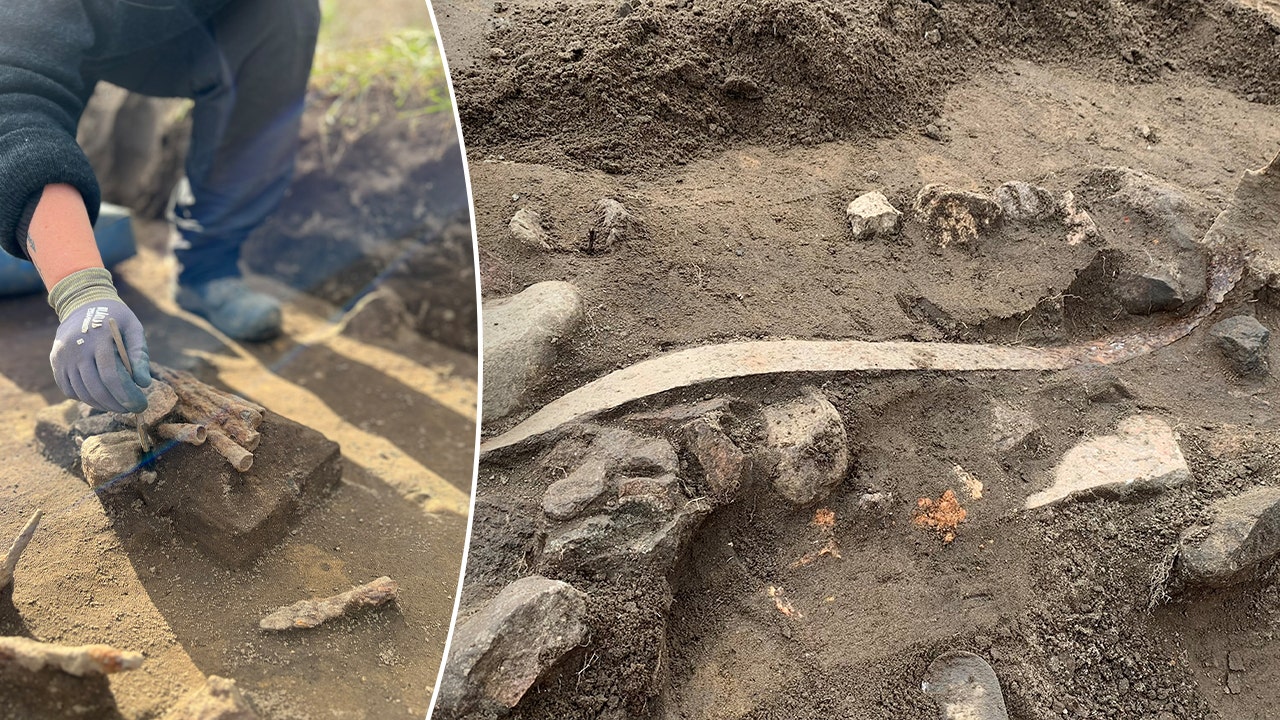Archaeologists in Denmark uncover what they suggest is a weapons sacrifice during routine excavations

Excavations near Hedensted, Denmark, have unearthed a treasure trove of ancient artifacts from the Iron Age that shed light on the societal structure and daily life of people who lived 1,500 years ago. The discoveries were made during excavations at Løsning Søndermark by archaeologists from Vejle Museums, who were surprised by the sheer number of well-preserved weapons found at the site.
According to a press release from the museum, over 100 weapons were uncovered, including 119 lances and spears, eight swords, five knives, three arrowheads, an axe, a bridle, fragments of a bugle, and several unidentified bronze and iron objects. The excavation also revealed a rare chain mail armor, typically worn by knights and military men, suggesting the chieftain who buried these artifacts held elite status.
Among the most significant finds were fragments of two bronze neck rings and at least two oath rings, which further emphasize the power and influence of the chieftain. Archaeologists believe that these weapons were intentionally buried as offerings to a higher power, providing a glimpse into the religious and ceremonial practices of the Iron Age society.
The artifacts will undergo further analysis to uncover more insights into the lives of ancient Danes. Some of the items may eventually be displayed at Vejle Cultural Museum, offering visitors a chance to connect with the past and learn more about the history of the region.
The discovery of these ancient artifacts adds to the growing body of archaeological evidence in Denmark and provides valuable information about the Iron Age society. The excavation has exceeded all expectations and has opened up new avenues for research and exploration in the field of archaeology.




